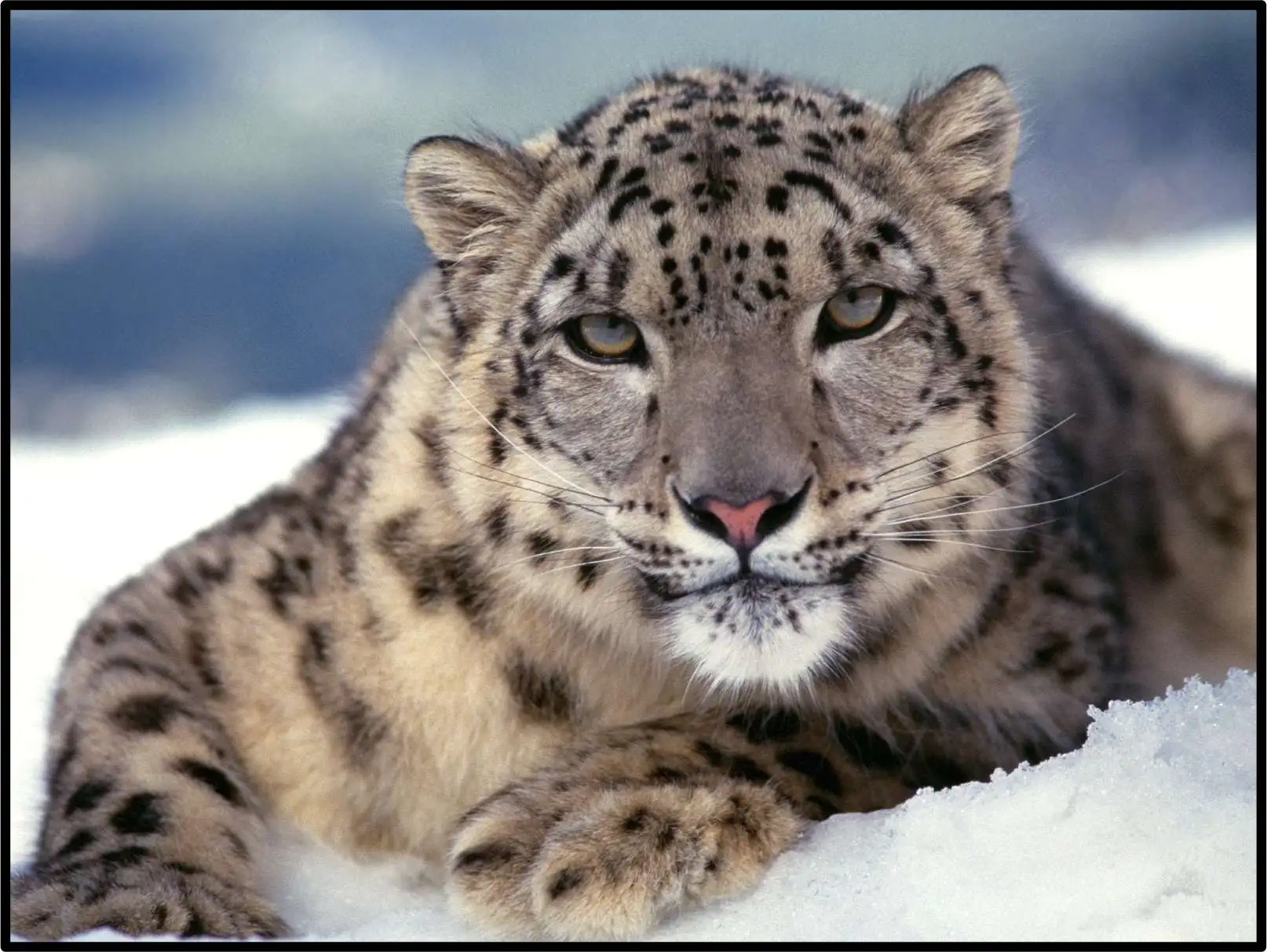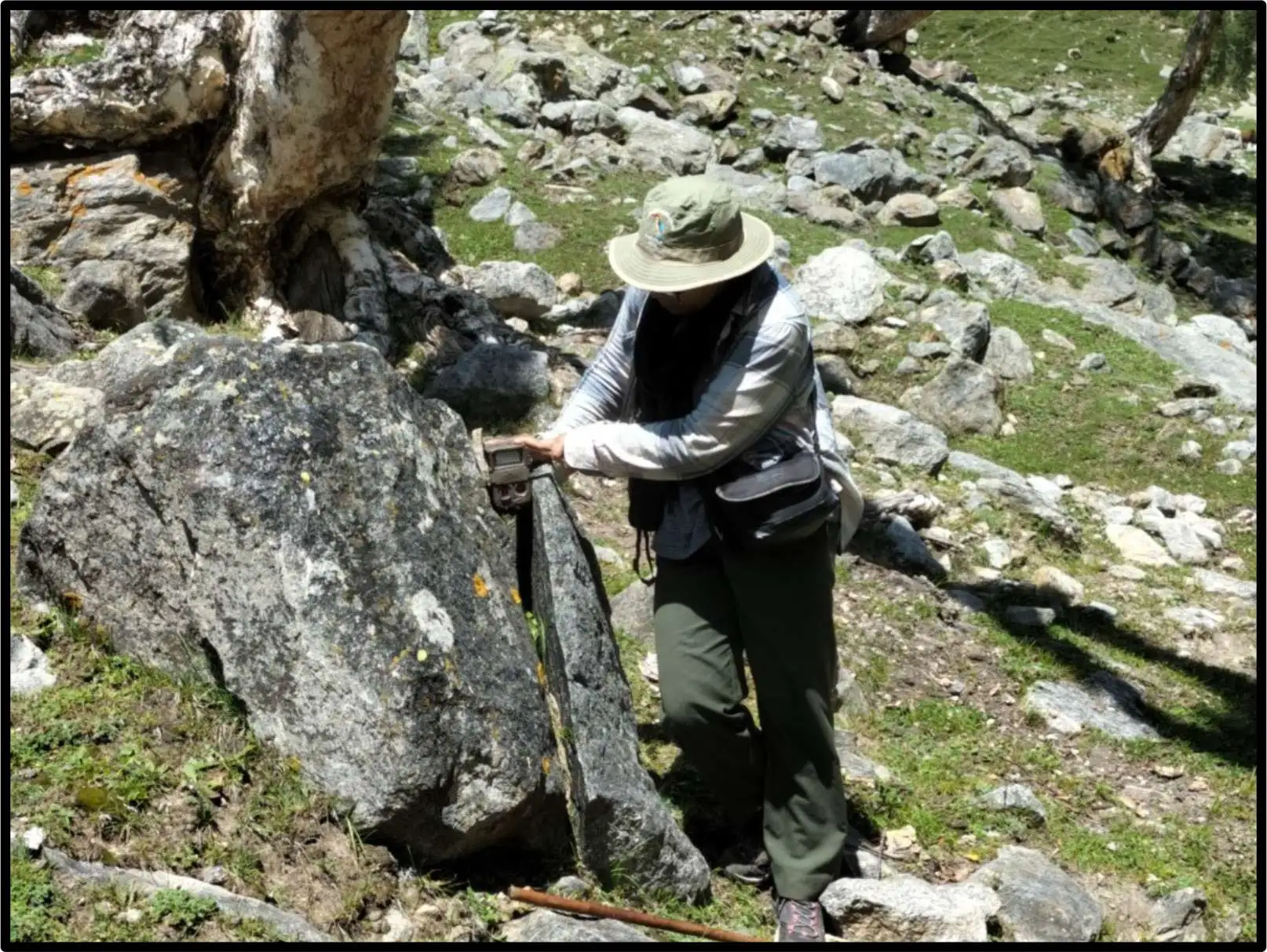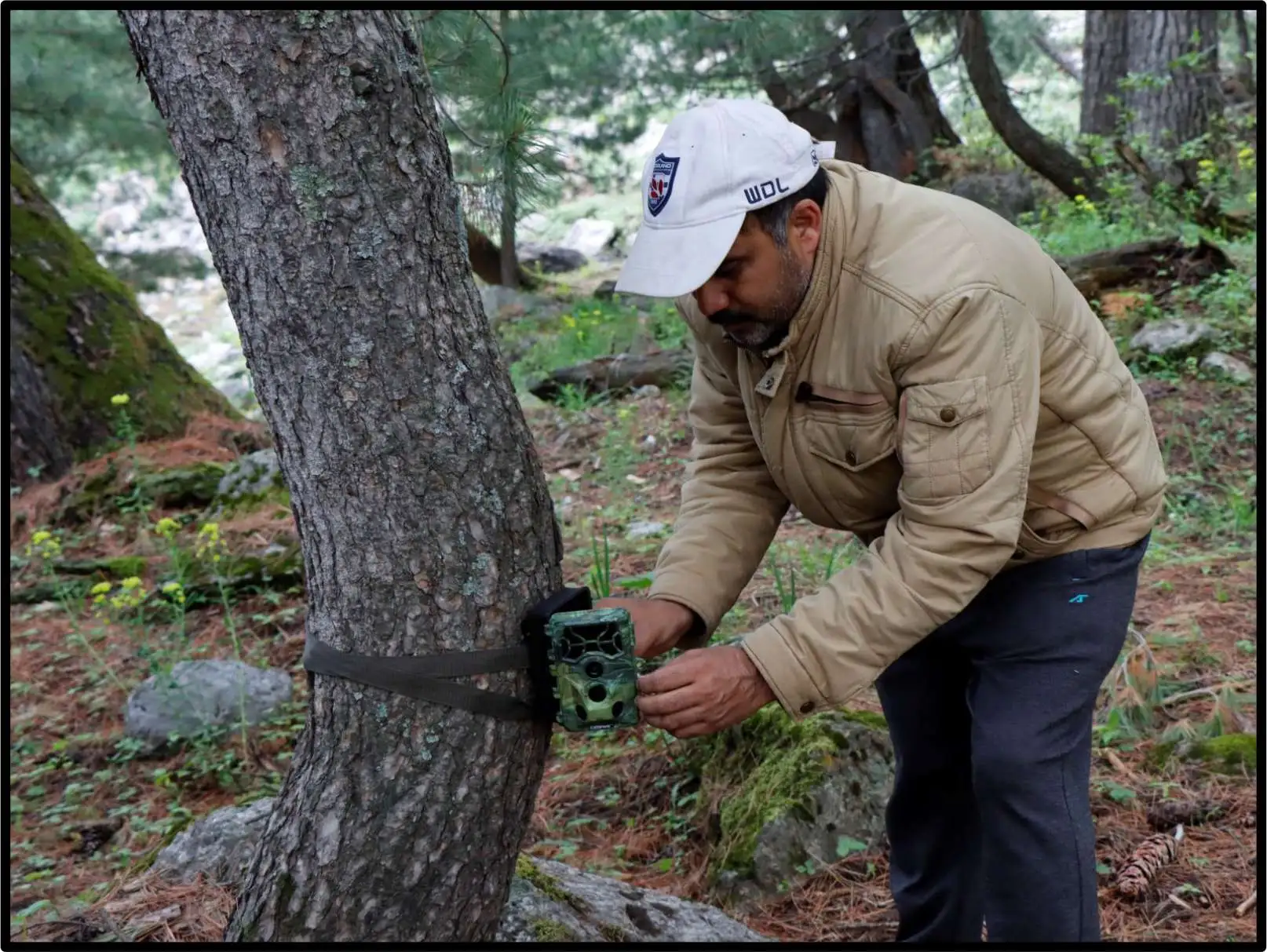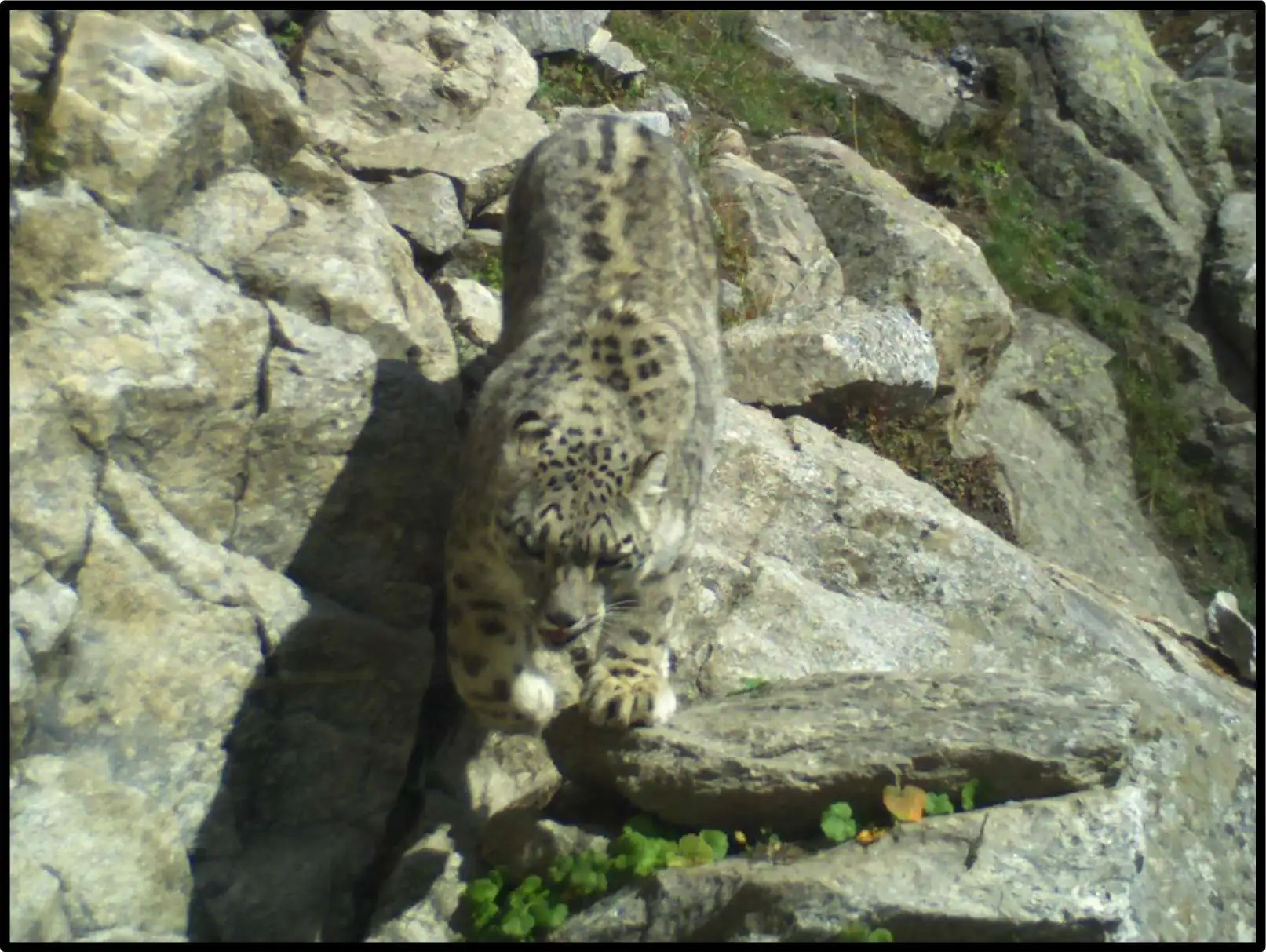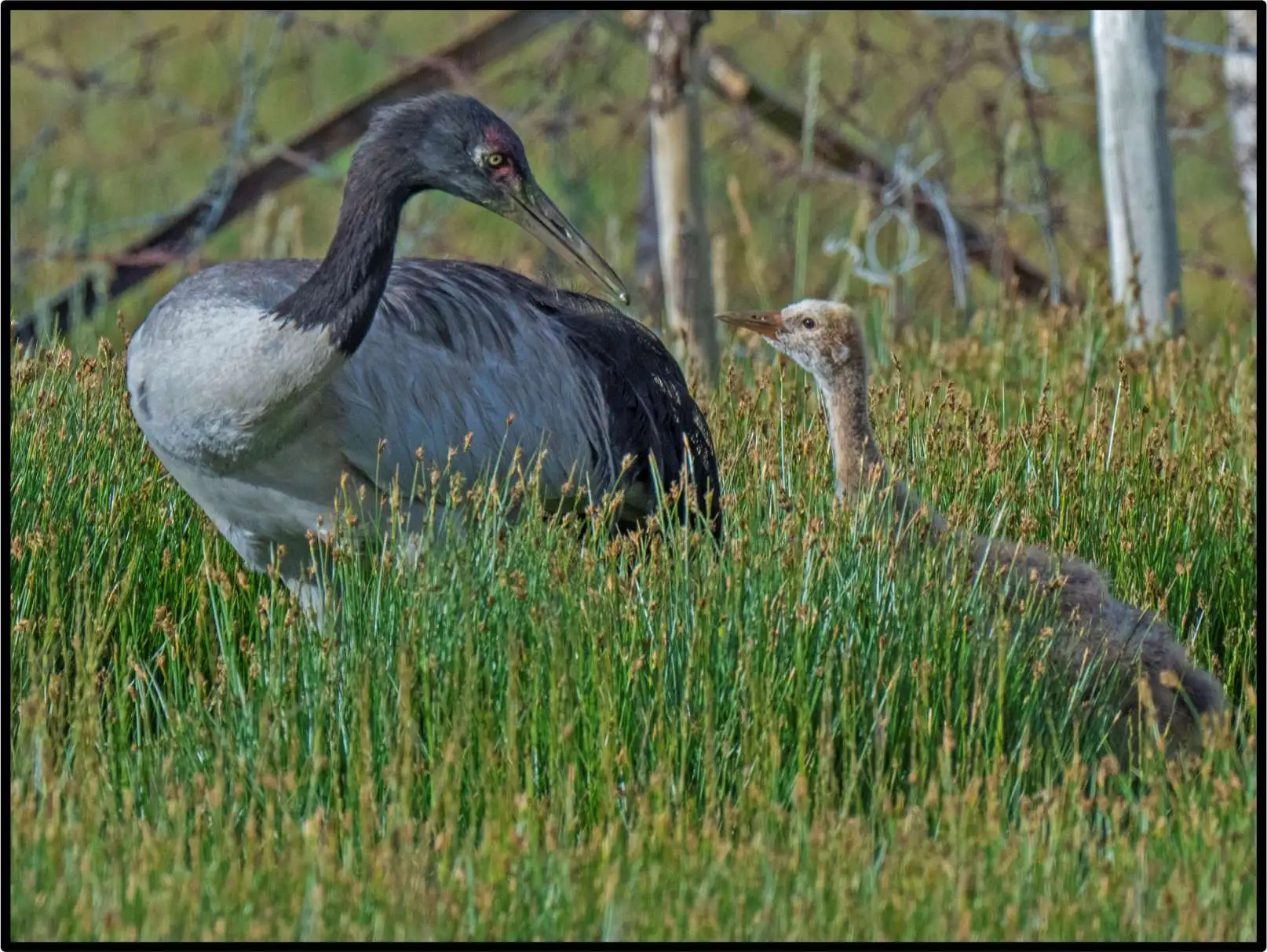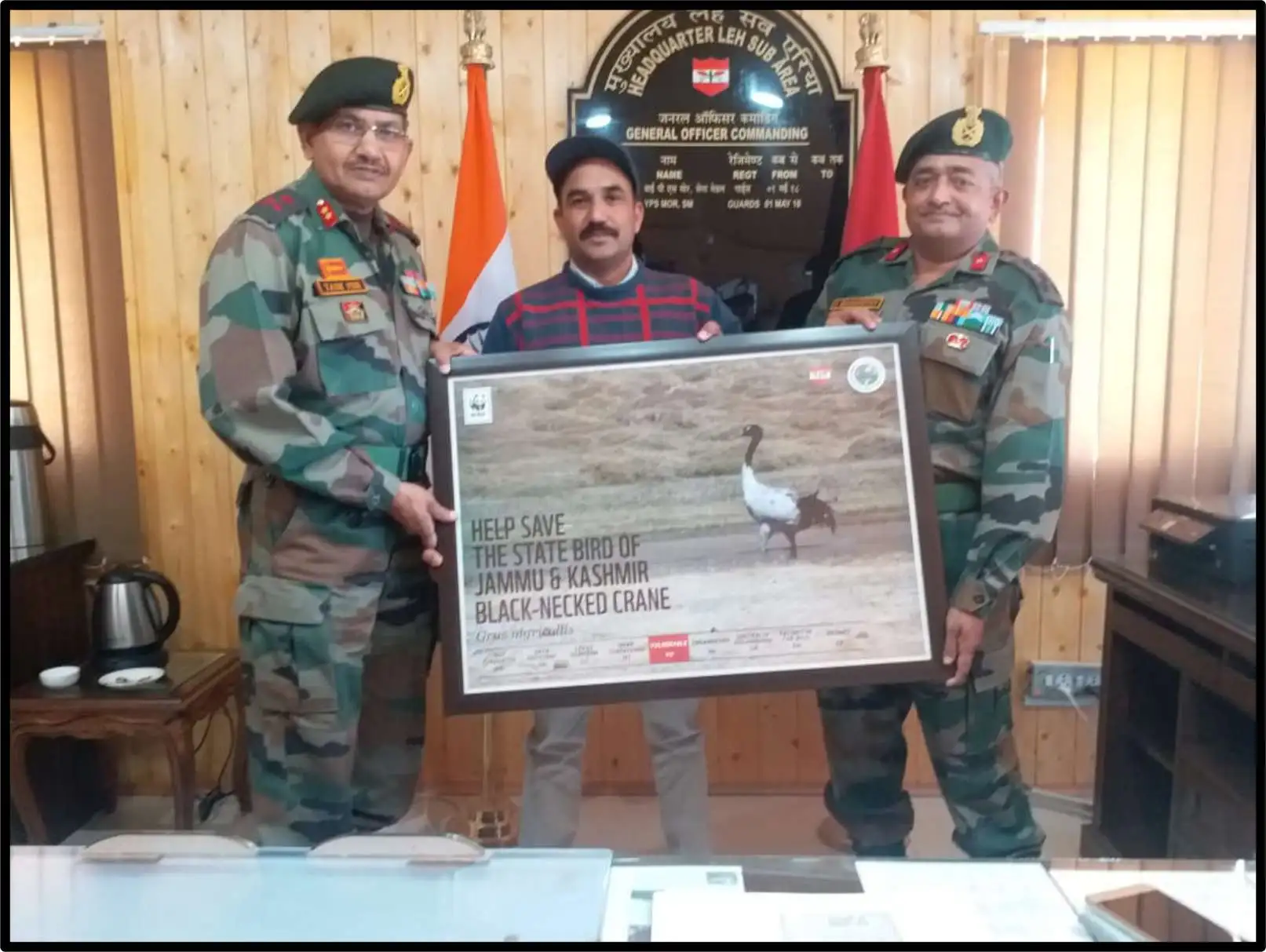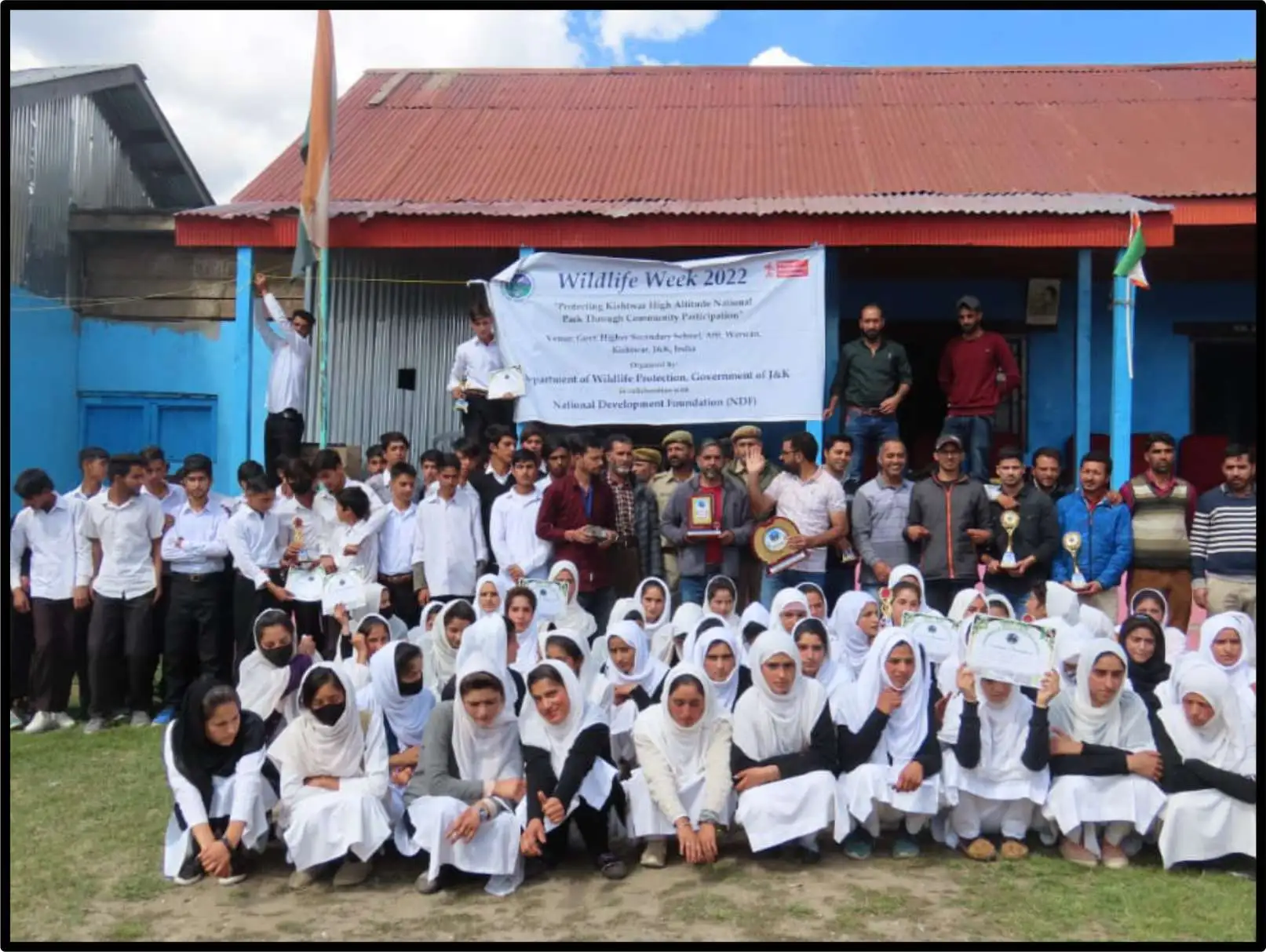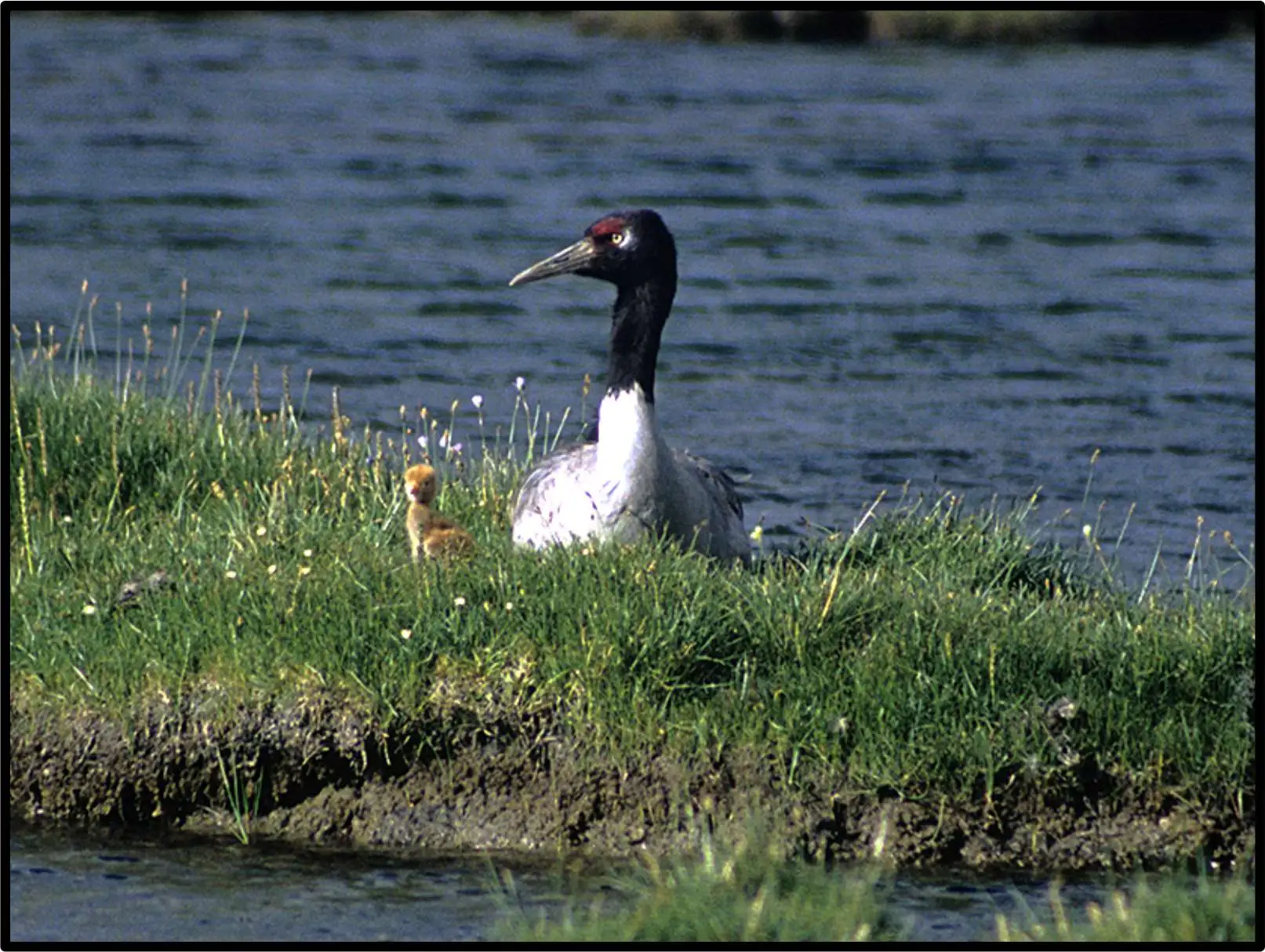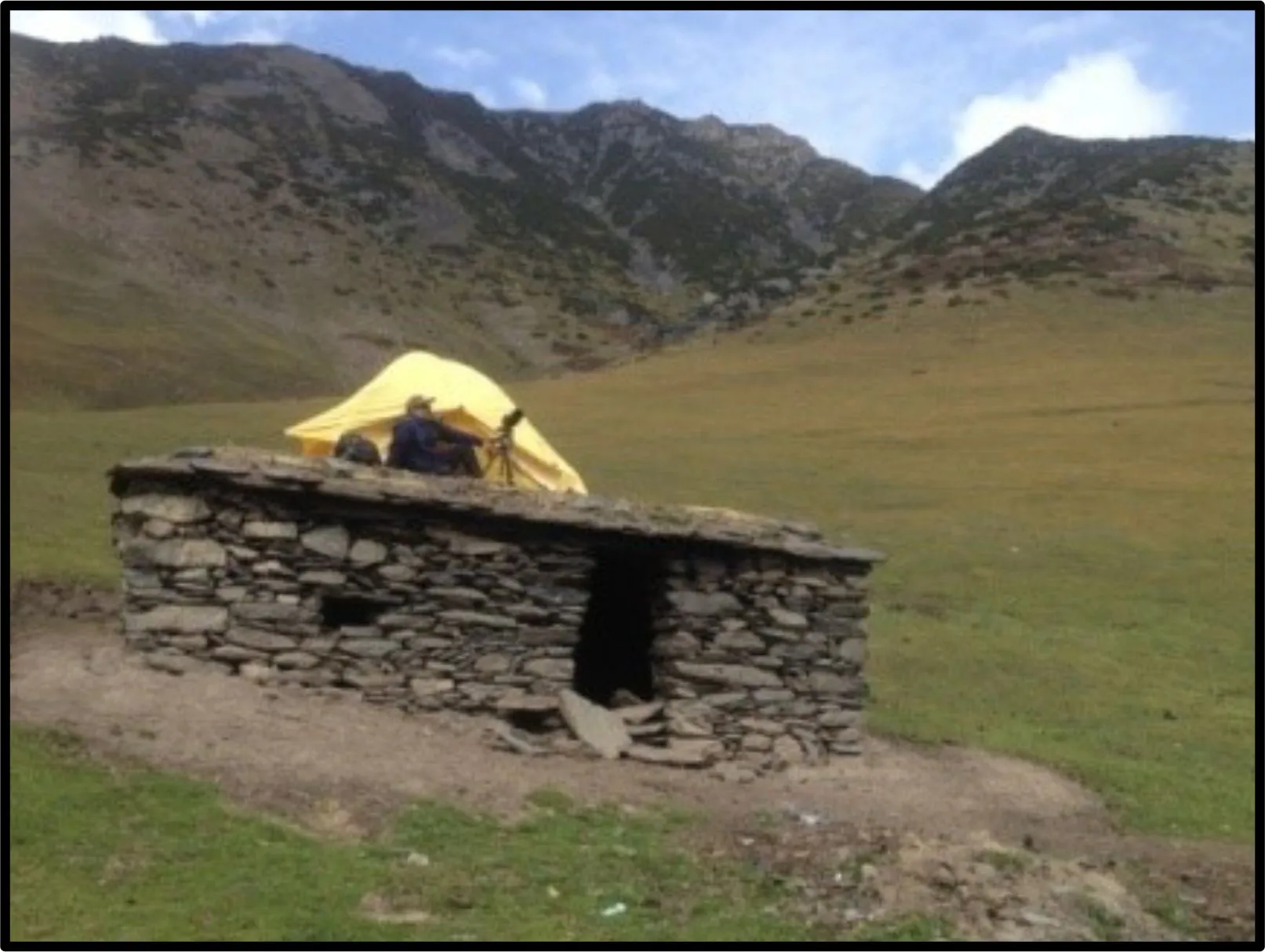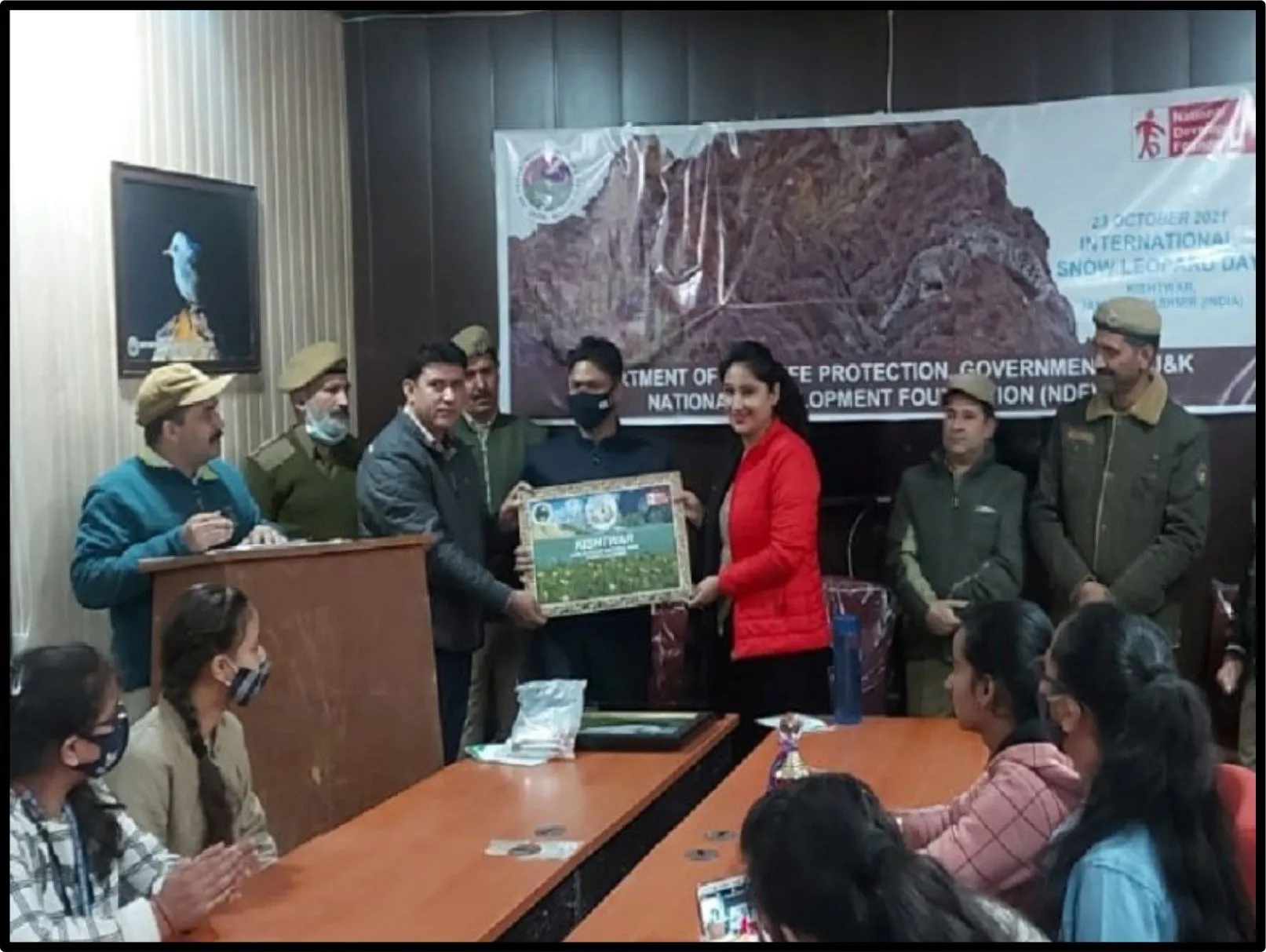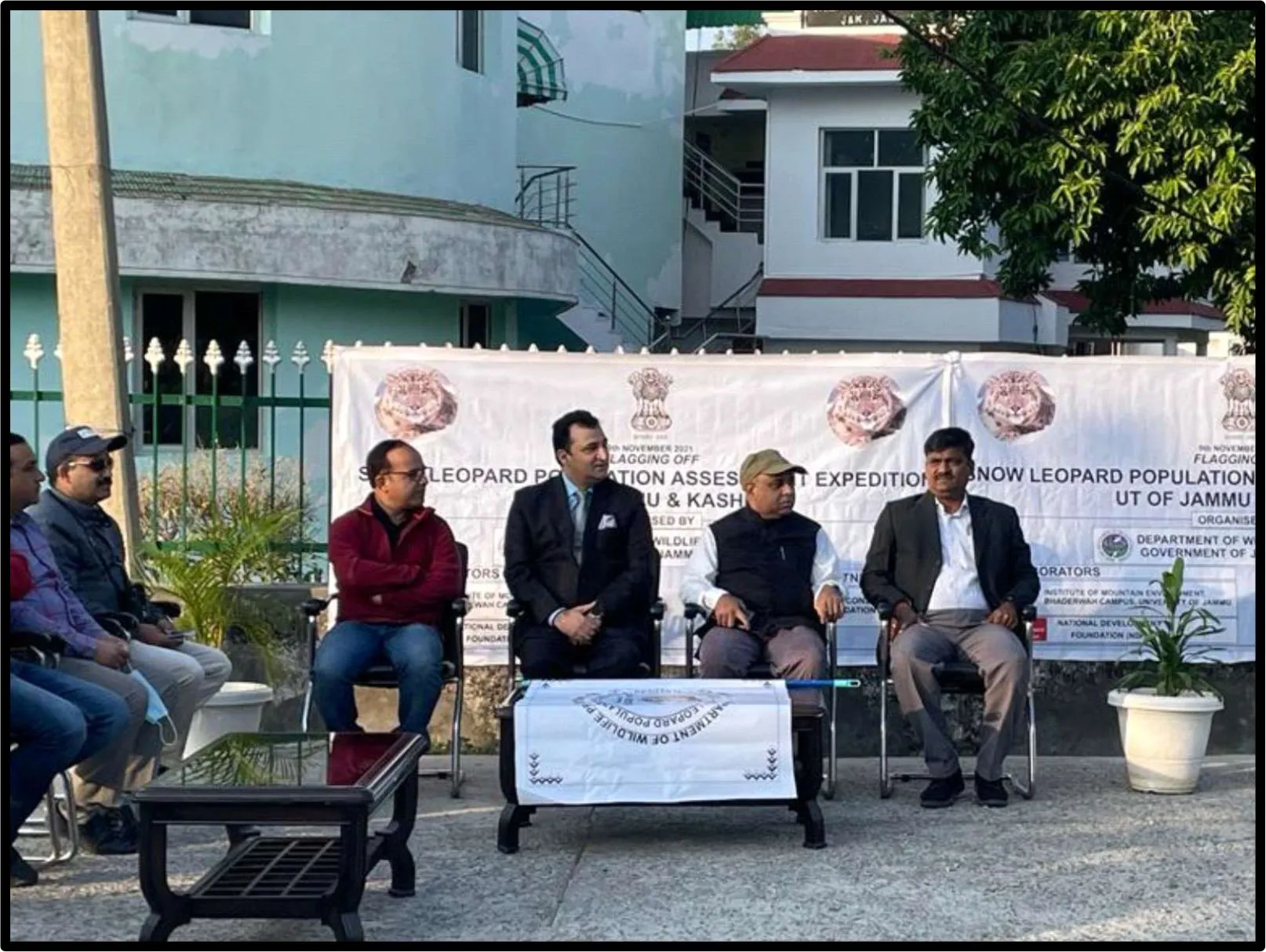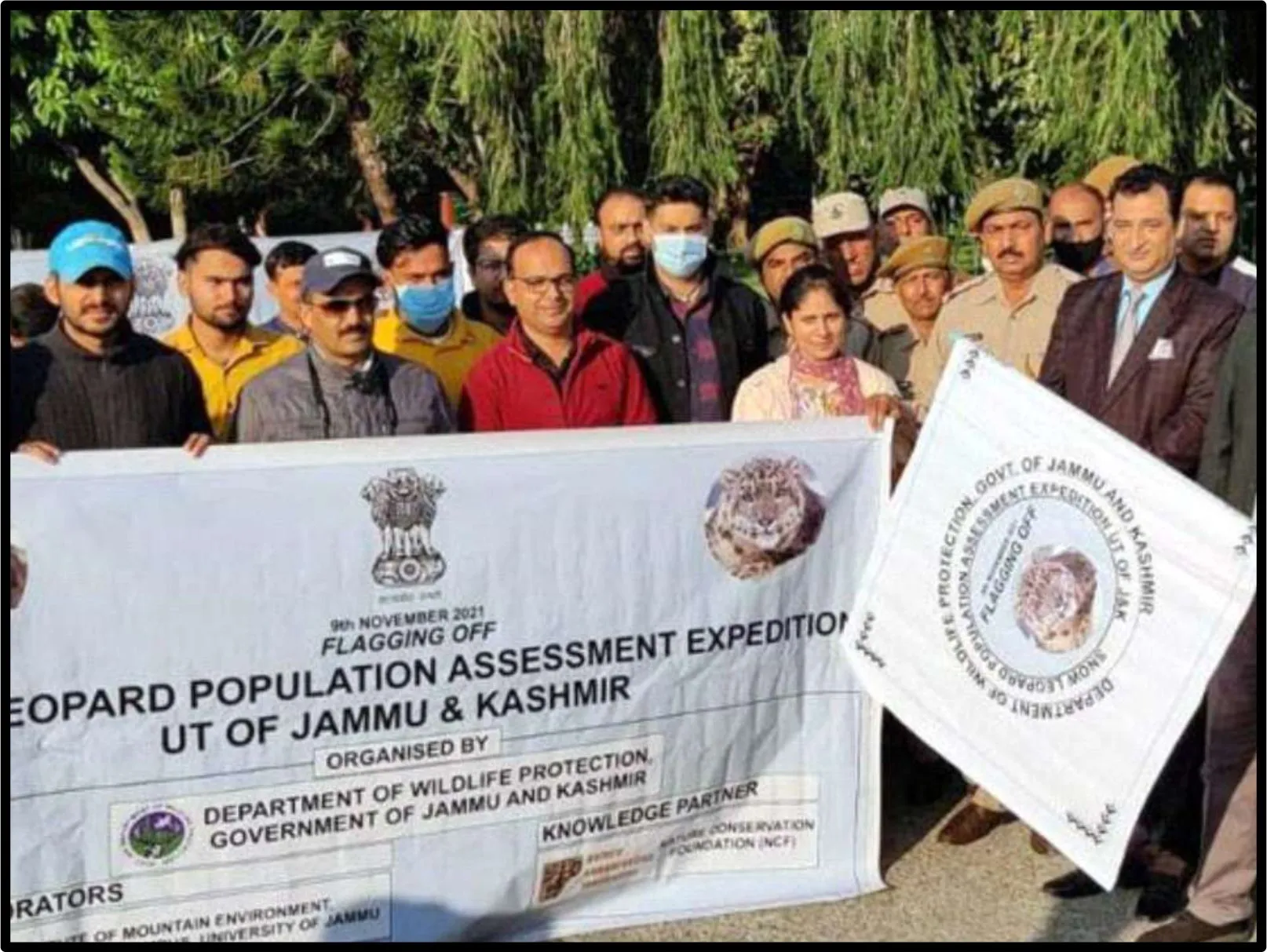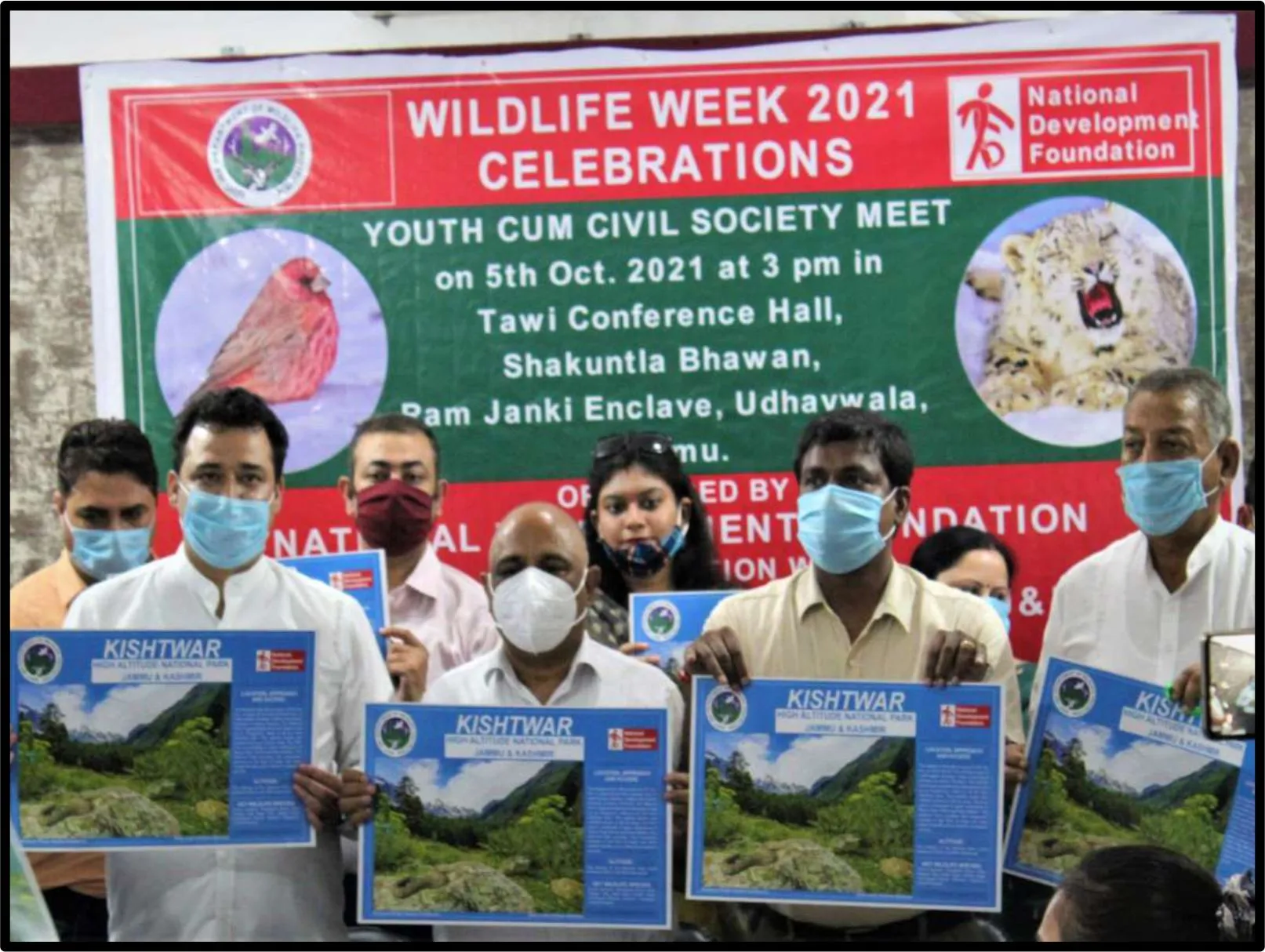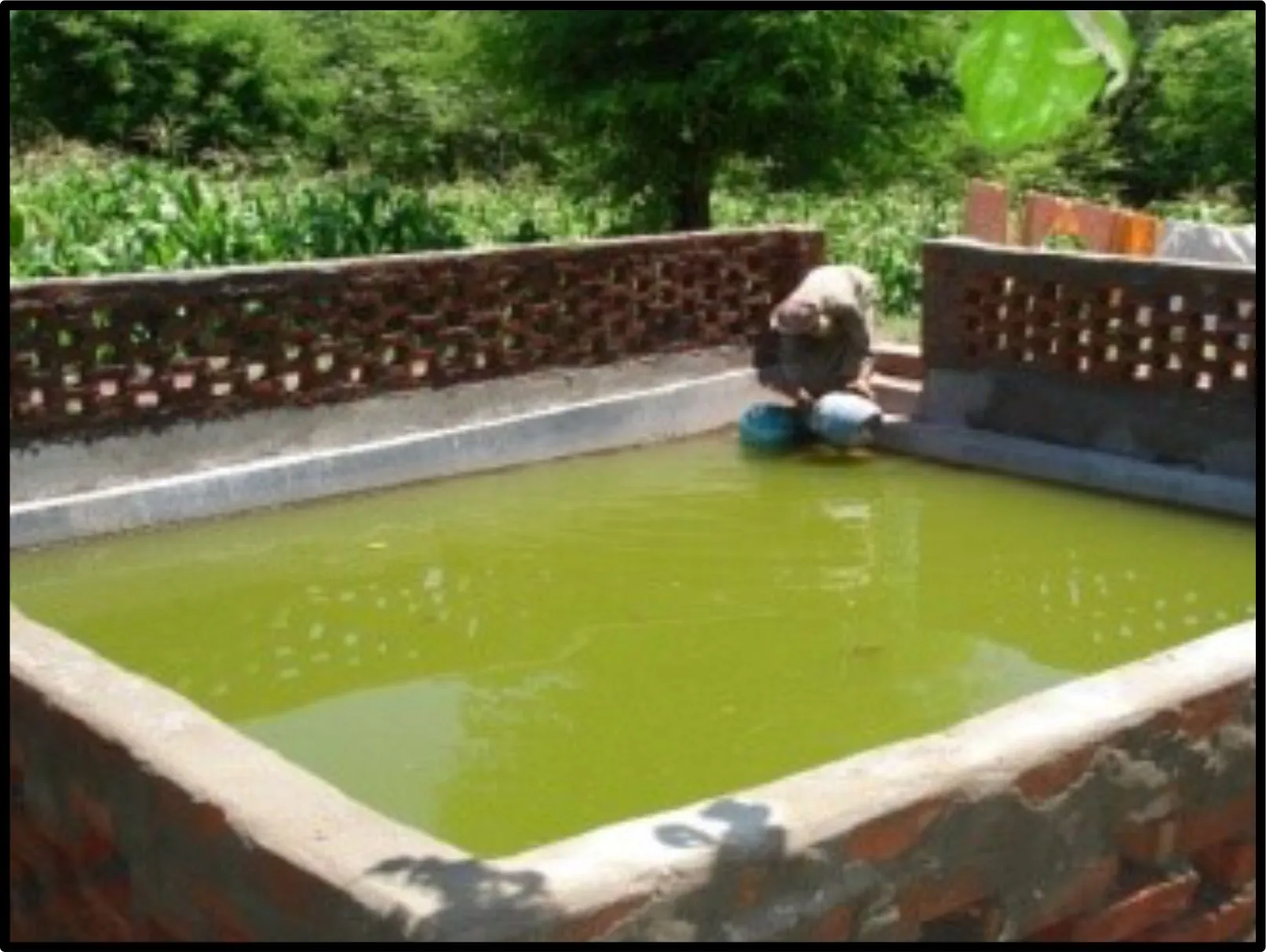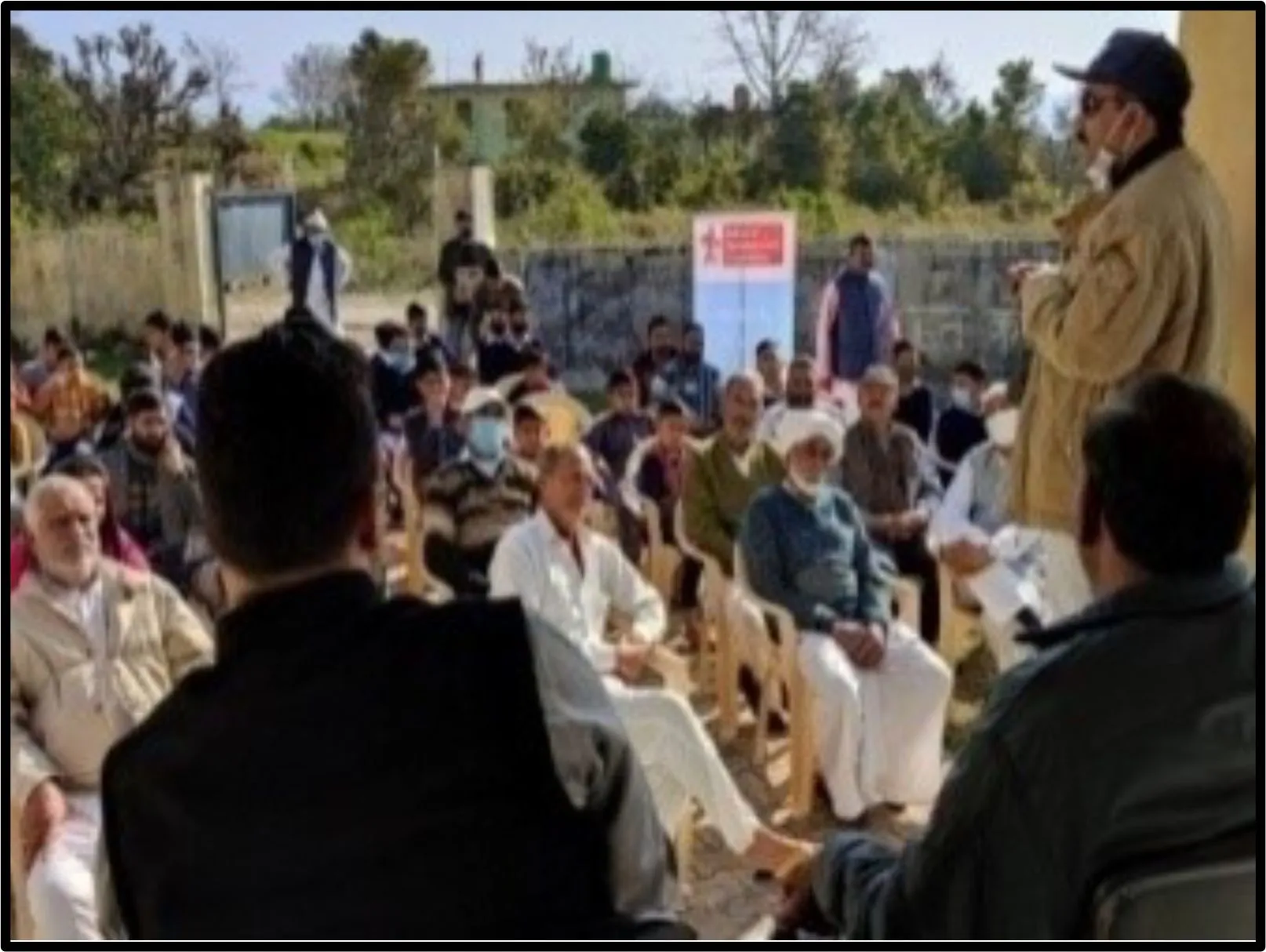NATURE, WILDLIFE & CLIMATE CHANGE
Our Key Wildlife Programmes
- Snow Leopard Programme
- Black-necked Crane Programme
Snow Leopard Conservation Programme
Snow Leopard Panthera uncia, the smallest member of the genus Panthera is the most elusive cat inhabiting cold and rugged mountain landscapes of Great and Trans Himalayas in western Himalayas. Its secretive behaviour, camouflage, and adaption to extreme environmental conditions makes it one of the most charismatic species in the world. The snow leopard is found across the high mountains of twelve countries of South and Central Asia and India has the third largest share of snow leopard distributional range. In India, the snow leopard is found in the Union territories of Ladakh, and Jammu & Kashmir, the states of Uttrakhand and Himachal Pradesh in Western Himalayas and the states of Arunachal Pradesh and Sikkim in the Eastern Himalayas. However, currently the species is facing various threats such as habitat loss, poaching and human-wildlife conflict.Through our snow leopard research and conservation programme, National Development Foundation (NDF) is dedicated to safeguarding the snow leopard population and preserving their unique habitat in the Himalayan landscape.
At NDF, we have embarked on a comprehensive research and conservation initiative with support from the Department of Wildlife Protection, Government of J&K. This programme has a special focus to protect the snow leopard and their fragile habitats. Currently our programme is focusing on following key areas:
1. Research:
As part of our research activities for snow leopard, we conduct extensive field research to understand the behaviour, ecology and population dynamics of snow leopards at Kishtwar High Altitude National Park. Through camera trapping, satellite tracking, and genetic analysis, we gather crucial data to inform our conservation strategies.
2. Community Engagement:
We recognize the importance of involving local communities in conservation efforts. Therefore NDF community experts work closely with villagers, herders and other stakeholders to raise awareness about the importance of snow leopards and mitigate human-wildlife conflicts through innovative solutions.
3. Habitat Protection:
Preserving the snow leopard’s habitat is essential for their long-term survival. We collaborate with government agencies and local authorities to implement land-use planning measures and promote sustainable land management practices.
4. Capacity Building:
We train local researchers, conservationists and wildlife officials to enhance their skills in snow leopard monitoring, research techniques and community outreach. By empowering local stakeholders, we ensure the sustainability of our conservation efforts.
5. Advocacy and Policy:
We advocate for stronger legal protection and policies to safeguard snow leopards and their habitat. Through partnerships with national and international organizations, we strive to influence policy decisions and secure funding for conservation initiatives.
Black-necked Crane Conservation Programme
At NDF we are deeply committed to the conservation of threatened and iconic species and their habitats. Our latest endeavor focuses on the majestic Black-necked Crane, a symbol of grace and beauty in the Himalayan region.Of the 15 species of cranes in the world, the Black-necked Crane Grus nigricollis is unique as it inhabits high-altitude wetlands, breeding at elevations ranging from 2,500 m to 5,000 m on the Qinghai-Tibetan Plateau and descending to the comparatively lower altitudes during winter months. The bird is valued as a flagship species of the Tibetan alpine wetland ecosystem. These cranes are recognized as a majestic species and many cultures and individuals across the Himalayas hold them in high esteem. At NDF, we use the Black-necked Crane as flagship species to identify specific high-altitude wetlands for conservation and as an educational tool to raise awareness about nature conservation among people.
The Black-necked Crane is presently distributed over the alpine regions of India, China and Bhutan. The main breeding range of the species encompasses Qinghai-Tibetan Plateau in south central China and adjacent parts of India, mainly the Changthang region of Ladakh. Ruoergai marshes on the north-eastern edge of the Qinghai-Tibet Plateau in China are the easternmost extension of the breeding range of the Black-necked crane and Changthang Cold Desert Wildlife Sanctuary in Eastern Ladakh in India is the westernmost extension of the breeding range of the species.
The wintering range of the species lies on the southern and eastern parts of Qinghai-Tibetan Plateau and on the Yunnan-Guizhou Plateau of China. Currently a sizable population of about 650 birds winters in Bhutan and another small population of about 10–15 birds winters in Arunachal Pradesh in India. As per estimates of International Crane Foundation (ICF), the current population of the species in its entire range is about 15,500 individuals, and it is showing an increasing trend.
Our Initiative:
Currently our organization has spearheaded a comprehensive Black-necked Crane research and conservation project across Indian Himalayas, aimed at safeguarding the species and its fragile ecosystem. In future through a multi-faceted approach, we will address various challenges faced by cranes and their habitat. Our key activities include the following:
Habitat Protection: We work closely with local communities and government authorities to ensure protection to Black-necked Cranes and their nests.
Community Engagement: Recognizing the importance of community involvement in conservation efforts, we conduct awareness programs and workshops to educate and empower local communities. By fostering a sense of stewardship, we encourage sustainable practices that benefit both people and wildlife.
Research and Monitoring: Our team of dedicated scientists and researchers conduct regular surveys and monitoring activities to gather valuable data on Black-necked Carne populations, behaviour and habitat dynamics. This information guides our conservation strategies and helps measure the effectiveness of our efforts.
Mitigating Human-Wildlife Conflict: We collaborate with farmers and herders to implement innovative solutions for mitigating human-wildlife conflict, such as crop protection measures and by promoting sustainable grazing practices.
Climate Resilience: In the face of climate change, we advocate for policies and practices that promote habitat resilience and adaptation. By addressing the root causes of environmental degradation, we strive to create a more sustainable future for both wildlife and people.
Get Involved: We believe that conservation is a collective responsibility and everyone has a role to play in protecting our planet’s biodiversity. Whether you are a passionate advocate, a concerned citizen or a corporate partner, there are numerous ways to support our Black-necked Conservation Programme by following means:
- Volunteer for field work and community outreach initiatives.
- Make a donation to fund essential research and conservation activities.
- Spread the word about our cause and raise awareness in your networks.
- Partner with us to develop innovative solutions and drive positive change.
Together, we can make a difference and ensure a brighter future for Black-necked Cranes.
Join us in our mission to conserve nature’s wonders for generations to come.
Under this thematic area, our thrust is also on:
a) Himalayan Wildlife & Environment Protection
b) Climate Mitigation & Adaptation
c) Water & Wetlands.
National Development Foundation, NDF aims to work with many stakeholders to conserve and protect Himalayan Wildlife and critical ecosystems for continued social, economic and environmental benefits. In addition, we work on various climate mitigation and adaptation strategies to reduce climate change's impacts. NDF also aims to document wetlands and wetland biodiversity of Jammu & Kashmir and Ladakh through on-the-ground research and citizen science initiatives. To achieve the overall objectives, we aim to work closely with communities, several leading scientists, conservationists, educators & experts from varied professional backgrounds with a passion for the conservation of nature and natural resources.
Currently, NDF is implementing a three-year wildlife research project on “Preparation of PRI based geo-referenced Biodiversity assessment, documentation and conservation plan of wild flora and fauna of Kishtwar High Altitude National Park (KHANP)”. NDF is implementing this project with the support of our partners, including consultants and Universities. The key focus of this project is to document the biodiversity values and ecosystem services of Kishtwar High Altitude National Park and design strategies for its conservation.
Kishtwar High Altitude National Park in North West Himalayan Bio-geographic Zone is an important wildlife site in Kishtwar district of the Jammu and Kashmir Union Territory, named after the district headquarters, located about 60 km north-east of this township. The park was primarily established to protect Snow Leopard (Unica unica), Kashmir deer (Cervus hanglu hanglu) and other threatened wildlife species.
The park has protected area status under category II of IUCN, 1994 and 1999. It means "large natural areas set aside to protect largescale ecological processes, along with the complement of species and ecosystems characteristic of the area, which also provide a foundation for environmentally and culturally compatible, spiritual, scientific, educational, recreational and visitor opportunities.”The terrain is generally rugged and steep, with narrow valleys bounded by high ridges opening in their upper glacial parts. The area lies in the central crystalline belt of the Great Himalayas. Rocks are strongly folded in places and composed mainly of granite, gneiss and schist, with the occasional marble bed. The shallow, slightly alkaline soils are mostly alluvial with gravel deposits.
Nestled between the Himalayan mountain ranges, the Park is around 230 Km from Jammu. The altitude of the KHANP ranges from 2,300 to 6,000 m above MSL. The area got declared as a National Park vide Notification no. 20/FST of 1980-81 dated 04.01.1981. It is very well known for the unique assemblage of flora and fauna contained within. It also is the only known habitat of the Snow Leopard in the Jammu region. The National Park reportedly possesses a viable population of Snow Leopard and its prey species. The entire tract of National Park is exceptionally mountainous, bearing very steep slopes pierced by deep valleys. Due to glacial and reverie erosion since time immemorial, the whole surface area of the tract is deeply serrated in all possible directions with varying degrees of slope. It results in a landmass of various aspects.
The National Park is gifted with numerous perennial streams, nallas, ponds, springs and glaciers. Because of these, the water supply is adequate throughout the year. The key glacier in the area is Brahma Glacier, about 18 km long, beside the Metwan Glacier. In addition, numerous small streams drain into Renai, Kiyar, Nanth and Kibber Nallas. These independently drain into river Marwah, which joins river Chanderbhaga at Bhandarkoot and forms river Chenab.
This ongoing multi-dimensional and multi-sectoral study at Kishtwar High Altitude National Park will provide new insights into the past and present human-environment interactions in the areas described above of the park. Once completed, the study will have tremendous long-term conservation implications. The satellite data in conjugation with biological, hydrological, and socioeconomic data would help understand some ongoing issues such as different habitat dynamics and extreme climatic events. This study will thus help produce recommendations and conservation action plans for the park in general and specific species and critical habitats. In addition, it will aid policy for biological conservation and long-term adaptation to climate change for indigenous pastoral communities.
The field team, including field researchers, are based at a research station at Lowarna village just outside the Kishtwar High Altitude National Park. NDF has established this station to conduct all research activities inside the National Park smoothly. The team uses the latest technologies like Camera Traps and Drones to document wildlife in the challenging terrains of the National Park.
The research work is being simultaneously conducted on the following components of the project :
- Survey (for occurrence, occupancy and density) and documentation of Hangul, Snow Leopard, Brown bear, Black bear, Musk Deer, Himalayan Tahr, and other large mammals in KHANP.
- Survey (for occurrence, occupancy and density) and documentation of pheasants, vultures and other avifauna in KHAP and their ecological significance.
- Study and documentation of Hangul corridor with Kashmir and Himachal Pradesh.
- Study and documentation of Assessment and mitigation of Human-Wild Animal conflict in and around KHANP.
- Impact of livestock grazing on KHANP landscape and wildlife.
- GIS-based land use and ecosystem resource mapping.
- Survey (for occurrence, occupancy and density) and documentation of flora, grazing and medicinal plant resources and their ecological importance.
- Survey (for occurrence, occupancy and density) and documentation of butterfly and other insect populations.
- Survey (for occurrence, occupancy and density) and documentation of aquatic flora and fauna and their ecological significance.
- Study of sociology of Nomadism and its impact on rangelands and KHANP landscape.
- Pest and disease monitoring in the wildlife of KHANP.
- Study and documentation of ecosystem services provided by KHANP.
- Study and documentation of climate change impact on KHANP ecology and adaptation & mitigation plan.
- Survey and documentation of micro biodiversity hotspots and species-specific conservation and revival plan.
- Assessment and recommendation of infrastructure requirements for frontline staff (guard huts, check posts, offices for Range officer and below and forest protection equipment).
- Assessment and recommendation of technological intervention for biodiversity conservation and management and capacity building of frontline staff.
- Assessment and recommendation for promotion of environmental awareness.
- Assessment, evaluation and integration of ongoing conservation and management intervention.
- Study and documentation of discharge of important stream / Nallahs and watersheds.
- Preparation of Detailed Project Report (DPR) for Kishtwar High Altitude National Park biodiversity conservation and management plan.
